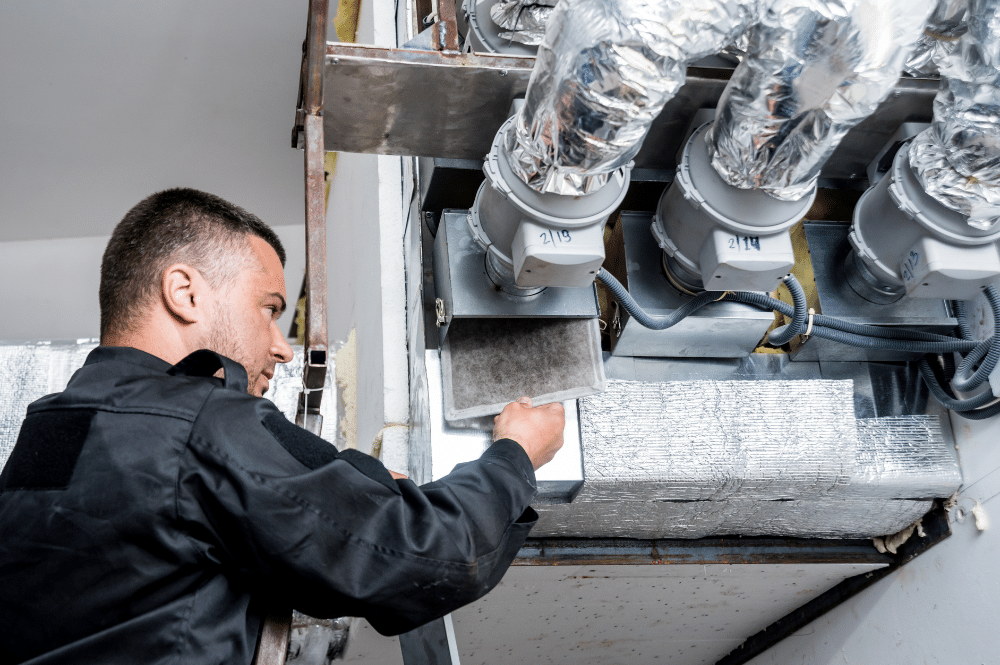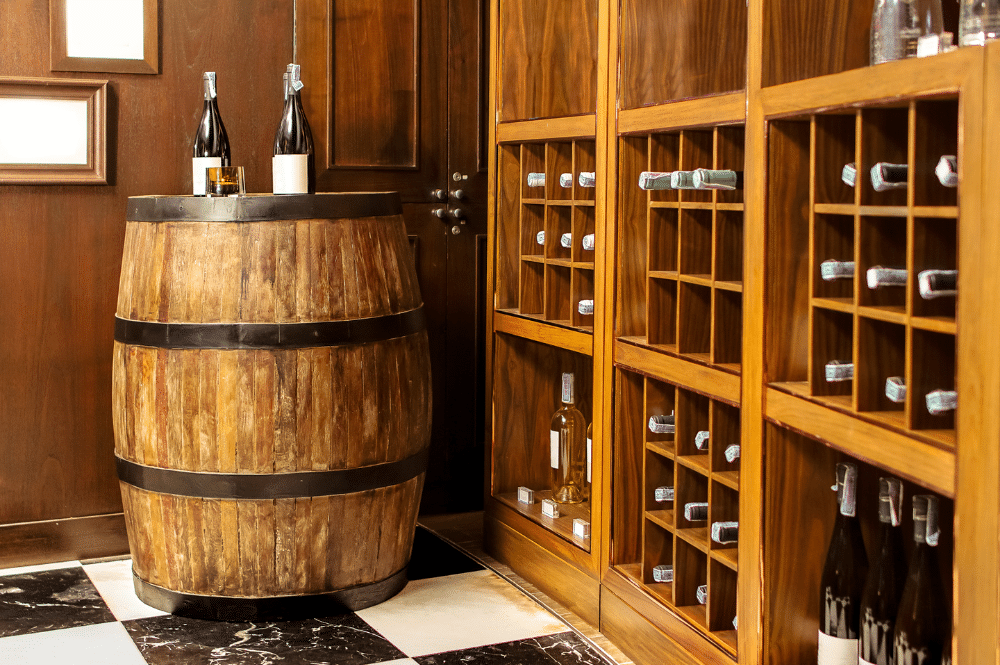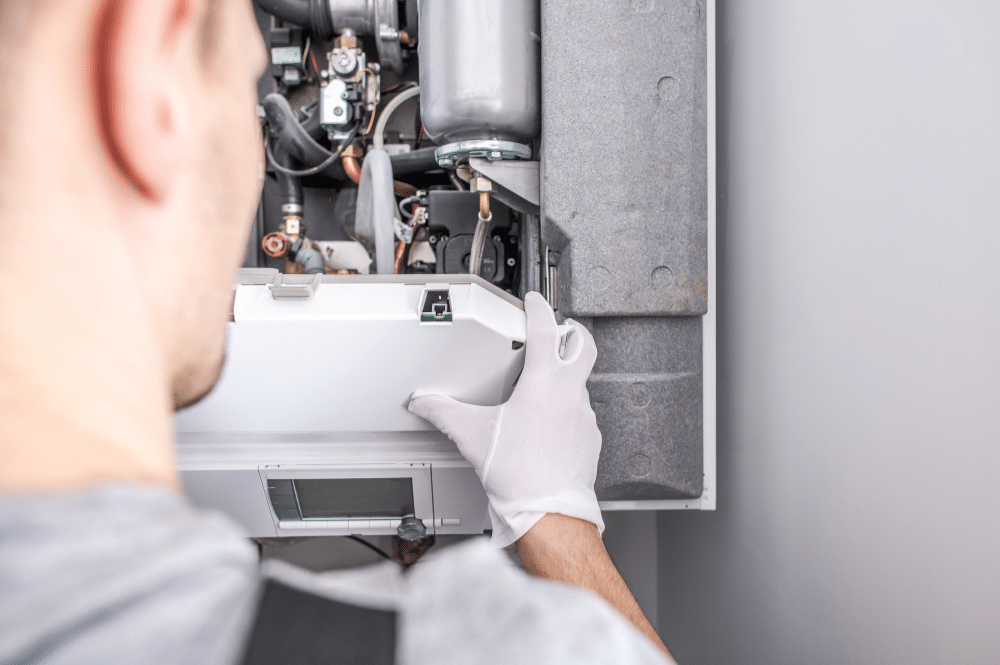Wine enthusiasts around the world will agree that proper wine storage is critical to maintaining the quality and taste of their favorite wines. Having a wine cellar is a great way to protect your wine collection and make sure it ages properly, regardless of if you’re a collector or casual drinker.
However, proper wine storage is not as simple as placing bottles on a shelf and hoping for the best. The factors that can change the taste and smell of your wine are temperature, humidity, and lighting. This is where wine cellar refrigeration comes in — it is the key to optimal wine storage.
What Is Wine Cellar Refrigeration?
Wine cellar refrigeration is the process of controlling the temperature and humidity levels in a wine cellar or wine storage area to create the ideal environment for wine storage. A wine cellar refrigeration system consists of various components that work together to create a climate-controlled environment.
Why Is Wine Cellar Refrigeration Important
Wine is a delicate and complex beverage that can be easily affected by environmental factors such as temperature, humidity, and light. If wine is stored at temperatures that are too high, it can cause the wine to age too quickly and lose its taste and smell.
But, if wine is stored at temperatures that are too low, it can prevent the wine from aging. Humidity levels over 70% can lead to mold growth and damage to wine labels and corks. Humidity levels below 50% can cause corks to dry out and allow air to enter the bottle, which can lead to oxidation and spoilage. Finally, UV light reacts to the acid that’s in the wine and produces sulfur. This sulfuric reaction can cause wine to develop unpleasant flavors and aromas.
A wine cellar refrigeration system addresses all of these concerns by creating a stable environment with precise temperature and humidity controls. By keeping the temperature between 55°F and 65°F and the humidity between 50% and 70%, a wine cellar refrigeration system can help preserve the taste, smell, and color of wine. Also, most wine cellar refrigeration systems include UV-resistant glass or doors to protect the wine from harmful light exposure.
Types of Wine Cellar Refrigeration Systems
There are two main types of wine cellar refrigeration systems: self-contained and split systems. Keep reading, and we’ll go over each system.
Self Contained System
Self-contained systems are designed to be installed directly into a wine cellar or storage area. They are typically installed through the wall and are self-contained, meaning all components are contained within one unit. These systems are ideal for small to medium-sized wine cellars and are relatively easy to install.
Split System
Split systems, on the other hand, are designed for larger wine cellars or when noise is a concern. Split systems consist of two components: an evaporator unit that is installed inside the wine cellar and a condensing unit that is installed outside the wine cellar. Split systems are more expensive and more complicated to install than self-contained systems, but they offer more flexibility in terms of where the condensing units can be installed and are ideal for larger wine cellars or when noise is a concern.
Factors to Consider When Choosing a Wine Cellar Refrigeration System
Before you go out and buy a wine cellar refrigeration system, it’s essential to consider various factors to ensure that you choose the best option for your needs. Some of the factors include:
Location
First and foremost, where is the wine cellar going to be located? The location of your wine cellar can impact the type of refrigeration system you choose. If your wine cellar is located in a basement, you may need a split system that can accommodate the long tubing required to connect the condenser and evaporator units. Alternatively, if your wine cellar is located on the main floor of your home, you may need a self-contained system that does not require external ventilation.
Size
The size and location of your wine cellar go hand in hand. The larger the wine cellar, the more powerful the cooling system is required to maintain the optimal temperature and humidity levels. It is essential to measure the wine cellar’s square footage and ceiling height to determine the cooling requirements needed for your wine cellar.
Budget
From a few hundred dollars to tens of thousands of dollars, wine cellars can range dramatically depending on the size and type of cooling system you get. It’s essential to establish your budget before shopping to make sure you choose a refrigeration system that you can afford.
Energy Efficiency
Because wine cellars use a significant amount of energy, they can increase your energy bills. Choosing an energy-efficient system will help you save money in the long run while minimizing your carbon footprint. Look for systems that are transparent about how they cool while still staying efficient.
Brand Reputation
Choosing a reputable brand can provide peace of mind that your wine cellar refrigeration system will perform as expected and last for many years. Look for brands with a proven track record and positive customer reviews to ensure that you choose a reliable and durable system.
Choosing the right wine cellar refrigeration system is critical to ensuring that your wine collection remains in optimal condition. By considering these factors above, you can choose a system that is tailored to your specific needs so your wine can age gracefully.
Installing Your Wine Cellar With Schneider Mechanical
With over eight years of experience working with wine cellar refrigeration, Schnieder Mechanical is experienced in making sure we can keep your wine cellar at the optimal temperature. We can correct any issue with your cooling system and make sure everything stays online. Whether you’re looking to purchase and install a wine cellar or need your current one up to standards, Schneider Mechanical can get the job done right. Contact Schneider Mechanical today for more information.




